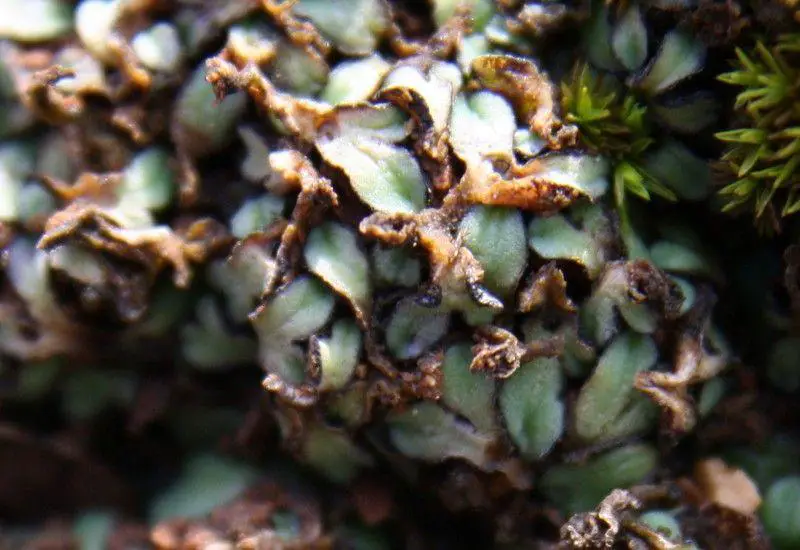
Riccia-lamellosa-Raddi-72142.jpg from: https://www.biodiversidadvirtual.org/herbarium/Riccia-lamellosa-Raddi-img72142.html
Introduction
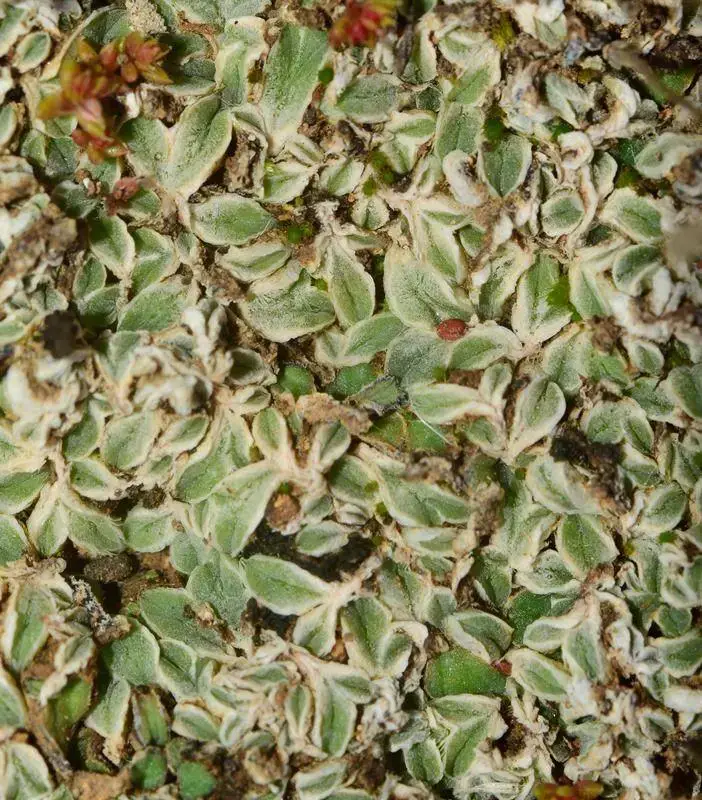
Riccia-lamellosa-Raddi-578752.jpg from: https://www.biodiversidadvirtual.org/herbarium/Riccia-lamellosa-Raddi-img578752.html
In the vast and captivating world of bryophytes, the Riccia lamellosa Raddi moss stands out as a remarkable member of the Ricciaceae family. Often referred to simply as Riccia, this unassuming plant has captured the hearts of enthusiasts worldwide with its unique characteristics and ecological significance.
Background
Riccia lamellosa Raddi belongs to the division Marchantiophyta, also known as liverworts or hepatics. These bryophytes are among the earliest land plants, tracing their origins back to the Paleozoic era, over 400 million years ago. Despite their diminutive stature, these ancient organisms have played a crucial role in the evolution of terrestrial ecosystems.
Main Content
Morphology and Identification
Riccia lamellosa Raddi is a thallose liverwort, meaning it grows in a flattened, ribbon-like form. Its thalli are typically green

Riccia-lamellosa-Raddi-212209.jpg from: https://www.biodiversidadvirtual.org/herbarium/Riccia-lamellosa-Raddi-img212209.html
to bluish-green
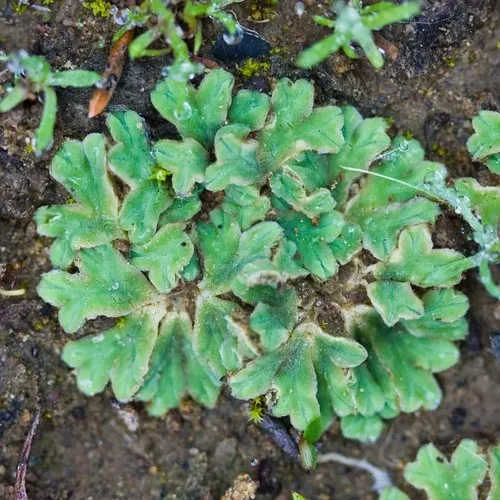
FA603D77C42047EB94E719ABE21F162D.jpeg from: https://www.picturethisai.com/ru/wiki/Riccia_lamellosa.html
in color and can reach up to 2 cm in length. One of the most distinctive features of this moss is the presence of lamellae, which are thin, erect plates or scales on the upper surface of the thallus. These lamellae aid in gas exchange and water retention, allowing the plant to thrive in various habitats.
Global Distribution and Habitat
Riccia lamellosa Raddi is widely distributed across the globe, found on every continent except Antarctica. It thrives in a variety of habitats, including damp soil, rock crevices, stream banks, and even temporary pools. This moss is particularly well-adapted to survive in areas with periodic drying, making it a resilient pioneer species in disturbed environments.
Ecological Roles and Adaptations
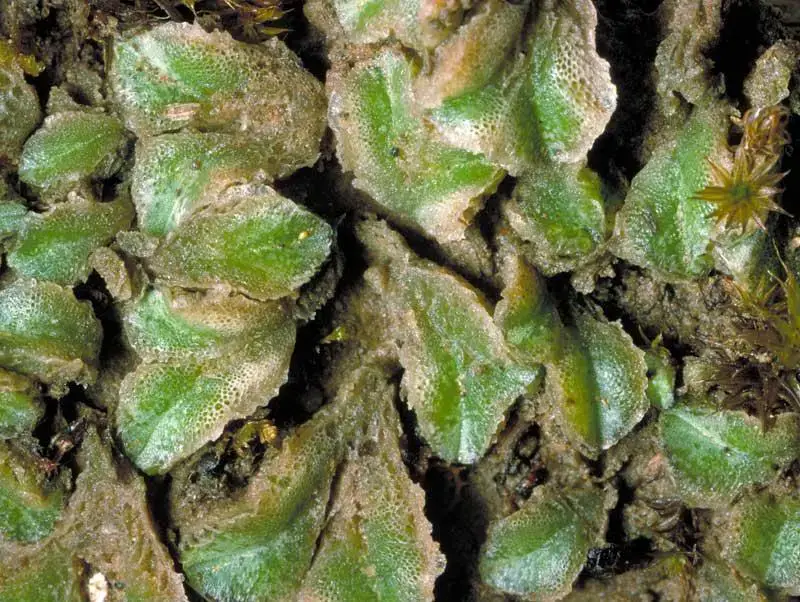
riccia-lamellosa-17.jpg from: https://www.cpbr.gov.au/bryophyte/photos-captions/riccia-lamellosa-17.html
Despite its small size, Riccia lamellosa Raddi plays a vital role in various ecosystems. It contributes to soil formation and stabilization, acting as a pioneer species in the colonization of bare areas. Additionally, this moss provides a microhabitat for numerous microscopic organisms, including tardigrades, rotifers, and nematodes.
One of the remarkable adaptations of Riccia lamellosa Raddi is its ability to undergo desiccation and revive upon rehydration. This process, known as poikilohydry, allows the moss to survive prolonged periods of drought by entering a dormant state and resuming its metabolic activities when water becomes available again.
Case Studies/Examples
In a study conducted in the United Kingdom, researchers found that

3230-l-2.jpg from: https://www.wildflowers.co.il/hebrew/picture.asp?ID=19015
Riccia lamellosa Raddi played a crucial role in the recovery of disturbed areas after mining activities. The moss’s ability to rapidly colonize bare soil and stabilize the substrate facilitated the establishment of other plant species, contributing to the overall ecosystem restoration process.
Technical Table

3230-l-3.jpg from: https://www.wildflowers.co.il/english/picture.asp?ID=19026
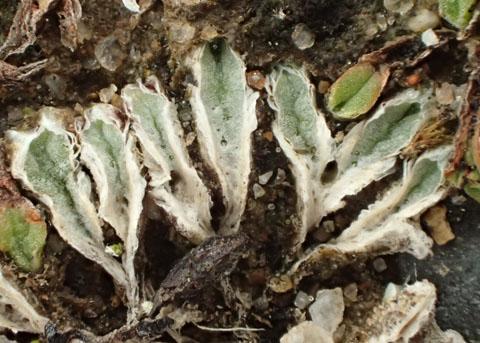
4.jpg from: https://nathistoc.bio.uci.edu/plants/Bryophytes/Riccia lamellosa/index.html
| Characteristic | Description |
|---|---|
| Division | Marchantiophyta (Liverworts) |
| Class | Marchantiopsida |
| Order | Marchantiales |
| Family | Ricciaceae |
| Genus | Riccia
 f03_163.jpg from: https://bioone.org/journals/Cryptogamie-Bryologie/volume-39/issue-2/v39.iss2.2018.163/Riccia-lamellosa-Raddi-Marchantiophyta-a-New-Record-for-Azerbaijan/10.7872/cryb/v39.iss2.2018.163.full |
| Species | Riccia lamellosa Raddi |
| Thallus Form | Thallose, ribbon-like |
| Lamellae | Thin, erect plates on the upper surface |
| Color | Green to bluish-green |
| Habitat | Damp soil, rock crevices, stream banks, temporary pools |
| Distribution | Widespread globally, except Antarctica |
| Ecological Role | Soil formation, stabilization, microhabitat provision |
| Adaptation | Poikilohydry (desiccation tolerance) |
Conclusion
Riccia lamellosa Raddi, a humble yet remarkable moss, has captivated enthusiasts with its unique morphology, global distribution, and ecological significance. From its distinctive lamellae to its ability to withstand desiccation, this bryophyte serves as a testament to the resilience and adaptability of life on our planet. As we continue to explore and appreciate the wonders of the natural world,

Riccia-lamellosa-212208.jpg from: https://www.biodiversidadvirtual.org/herbarium/Riccia-lamellosa-img212208.html
Riccia lamellosa Raddi invites us to ponder the intricate web of life that surrounds us, even in the smallest and most unassuming forms.
Ponder this: In a world where we often overlook the microscopic, what other marvels might we be missing, hidden in plain sight?